Outrank Competitors: Rank Higher with Listing Optimization on Etsy
About the Client Shop Name: CrystalHealStore Marketplace: Etsy Focus: Bohemian & Ayurvedic-Inspired Fashion Location: Global
Product pricing is one of the most crucial aspects of selling products on Amazon. As a merchant, it’s essential to determine the right price for your product, balancing profitability with competitiveness in the marketplace. In this article, we’ll discuss some pricing strategies and best practices for Amazon sellers to help them maximize their profits.
Merchants can employ multiple strategies based on their business requirements when pricing products. However, you can adopt four pricing strategies when pricing and selling products on Amazon. Here are those strategies:-
Having gone through the various Pricing strategies you can use to sell your product on Amazon, it’s also important to know a few best practices when pricing your product. Here are a few of those best practices:-
However, it’s essential to balance profitability with competitiveness. Ensure that promotions and discounts don’t compromise profit margins. Also, as a seller, you should optimize your product listings, monitor sales metrics, and comply with Amazon’s policies to ensure a successful selling experience.
One of the most important aspects of pricing strategy is keyword research. Proper keyword research can help you optimize your product listings and ensure your products are visible to potential customers. Here are some high-ranking keywords that you can use to optimize your product listings:
In conclusion, pricing strategies, best practices, and proper keyword research are crucial for sellers to succeed on Amazon. It’s essential to balance profitability with competitiveness, stay compliant with Amazon’s policies, and encourage positive customer reviews to ensure a successful selling experience. By following these best practices and utilizing high-ranking keywords, Amazon sellers can maximize their profits and achieve long-term success on the platform.

About the Client Shop Name: CrystalHealStore Marketplace: Etsy Focus: Bohemian & Ayurvedic-Inspired Fashion Location: Global
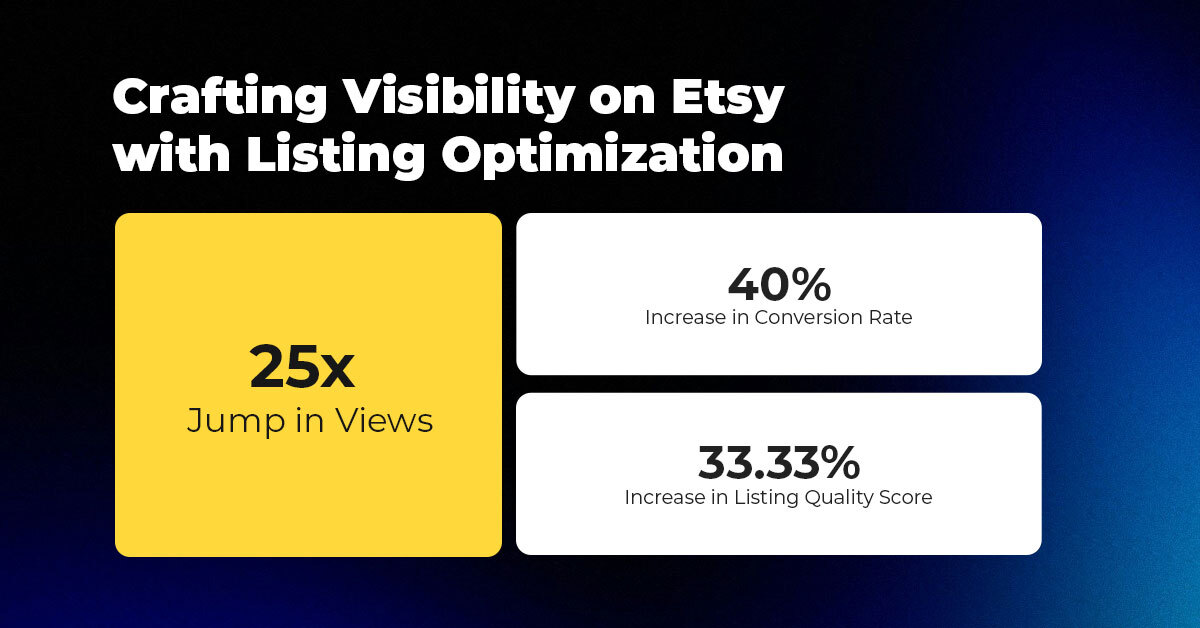
About the Client Shop Name: PinwheelCraftsStore Marketplace: Etsy Focus: DIY Craft Kits for Kids Location:

It just took one Black Friday crash for Gymshark to realize their growth had outpaced
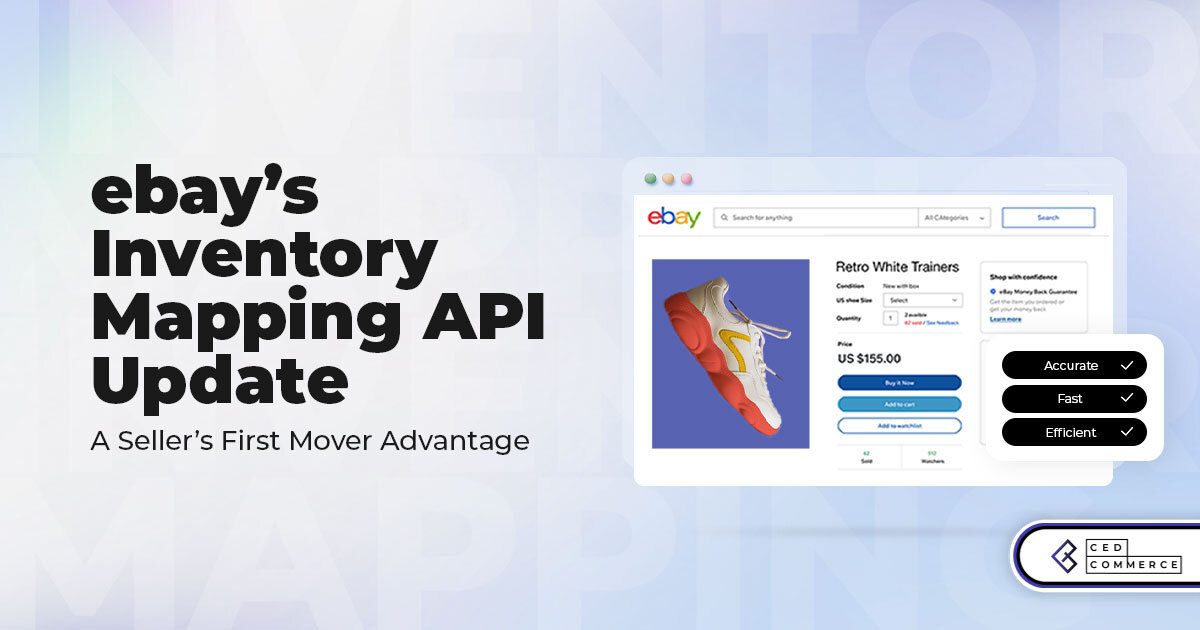
It takes on average 5 to 10 minutes to list a single product on the
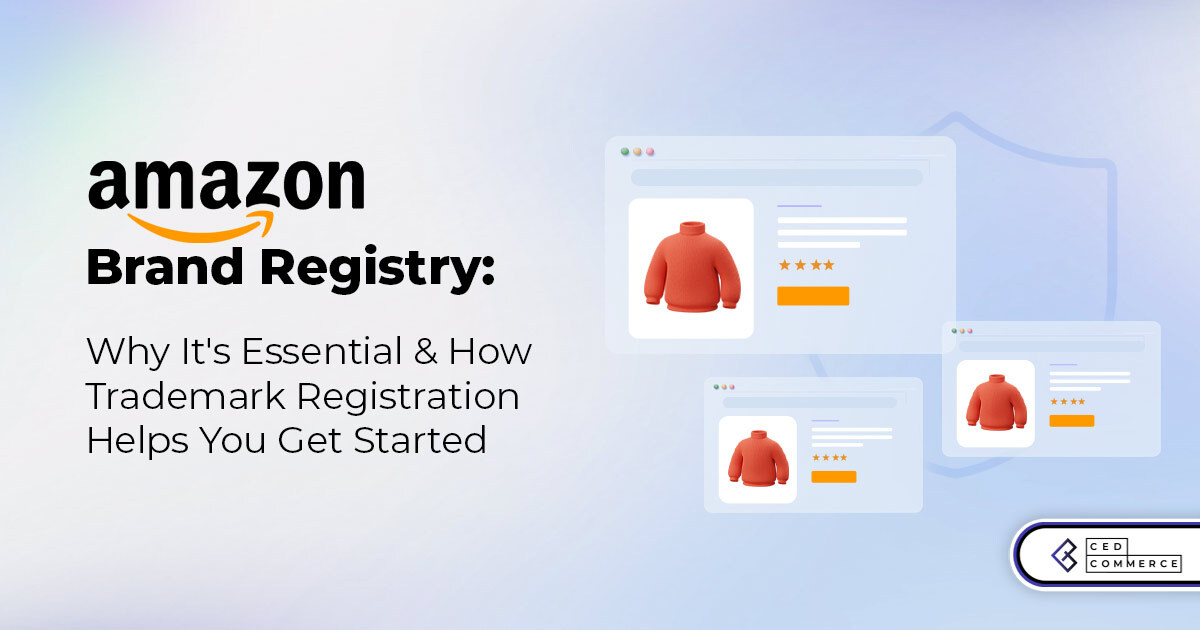
With millions of sellers on Amazon, protecting your brand has never been more important. Counterfeit
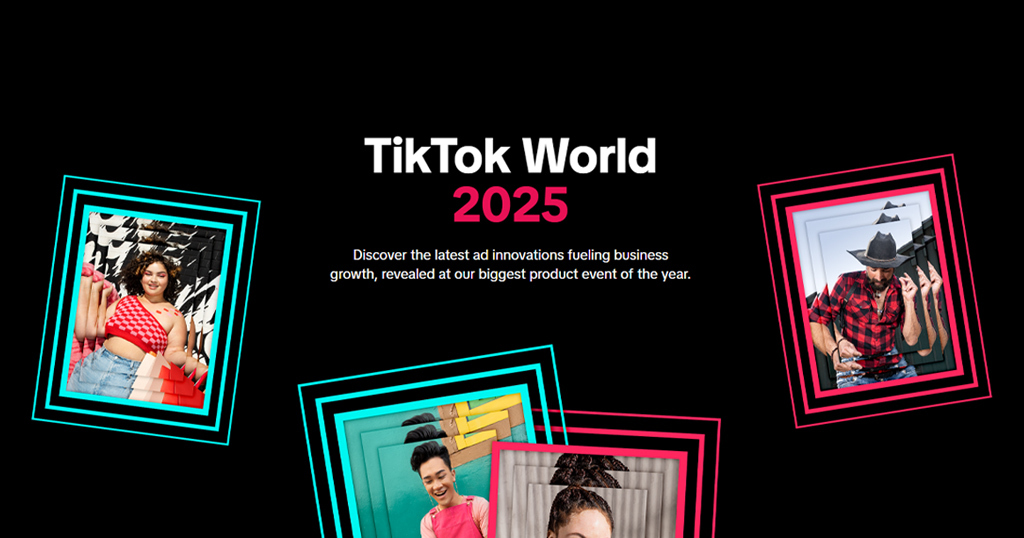
TikTok isn’t just setting trends anymore — it’s rewriting the playbook for performance marketing, creative
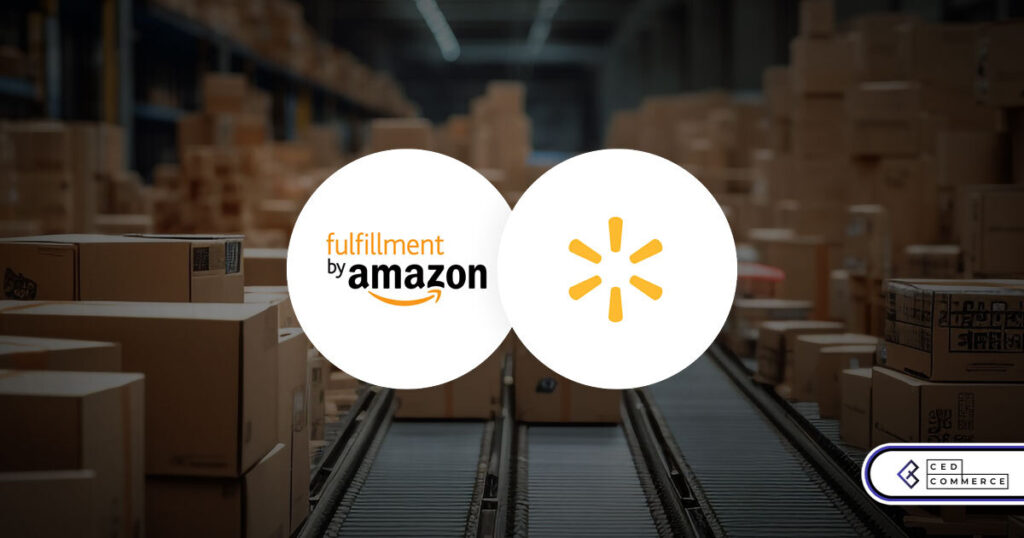
In a significant development for online retailers, Walmart has officially updated its policies to permit
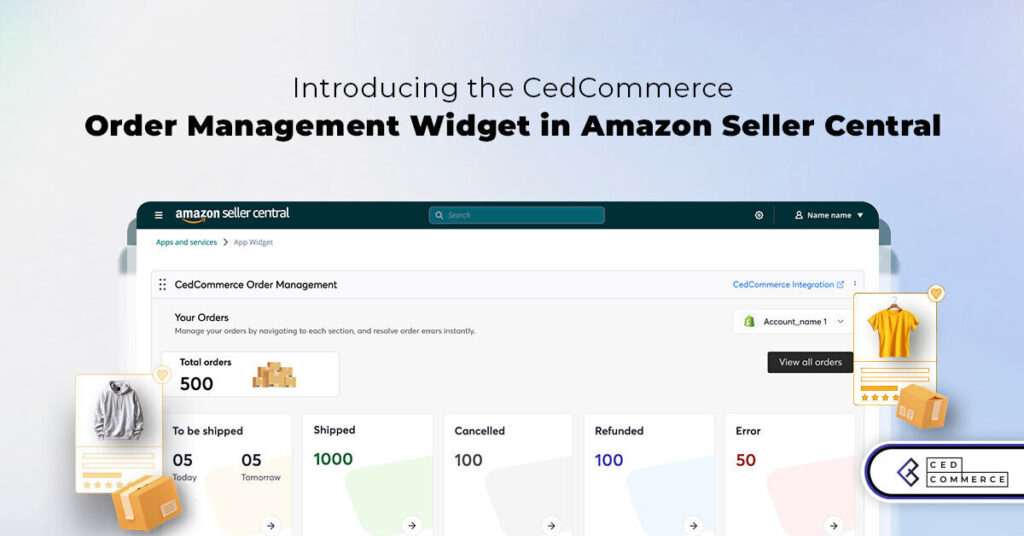
Are you encountering issues with Amazon order management across various sales channels? If so, everyday
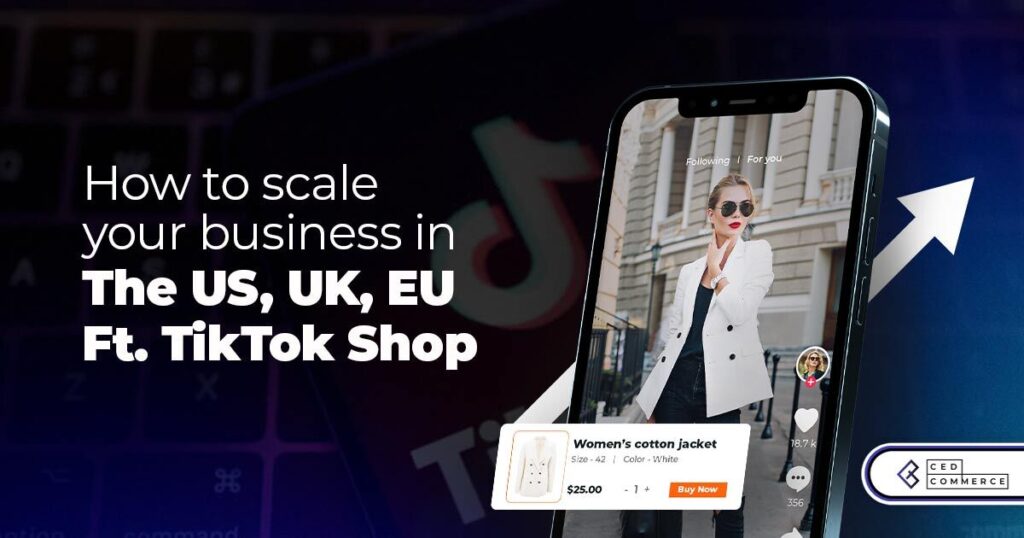
A Deep Dive into Selling Smart on TikTok Shop UK, TikTok Shop US, and TikTok
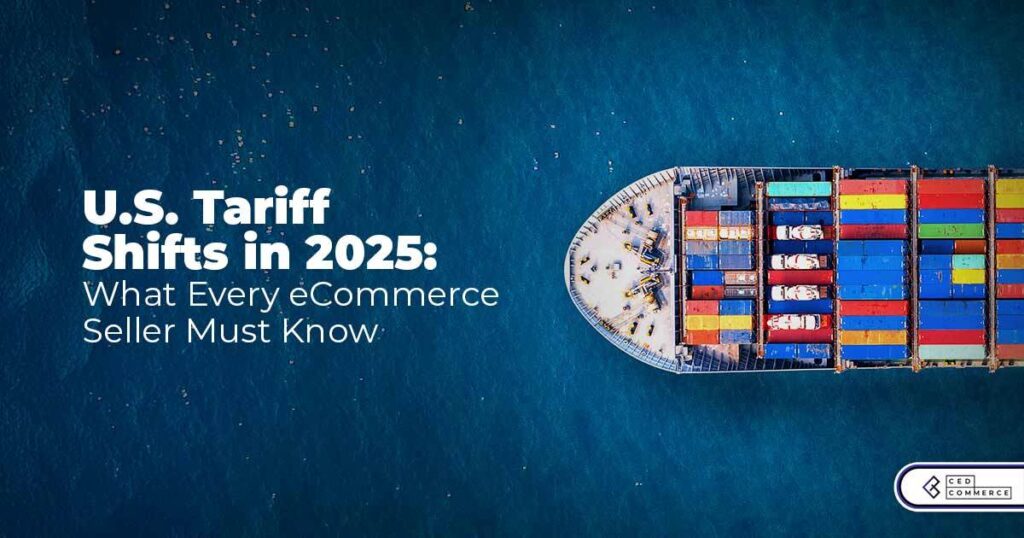
In a world where cross-border commerce fuels eCommerce growth, tariffs are no longer just policy
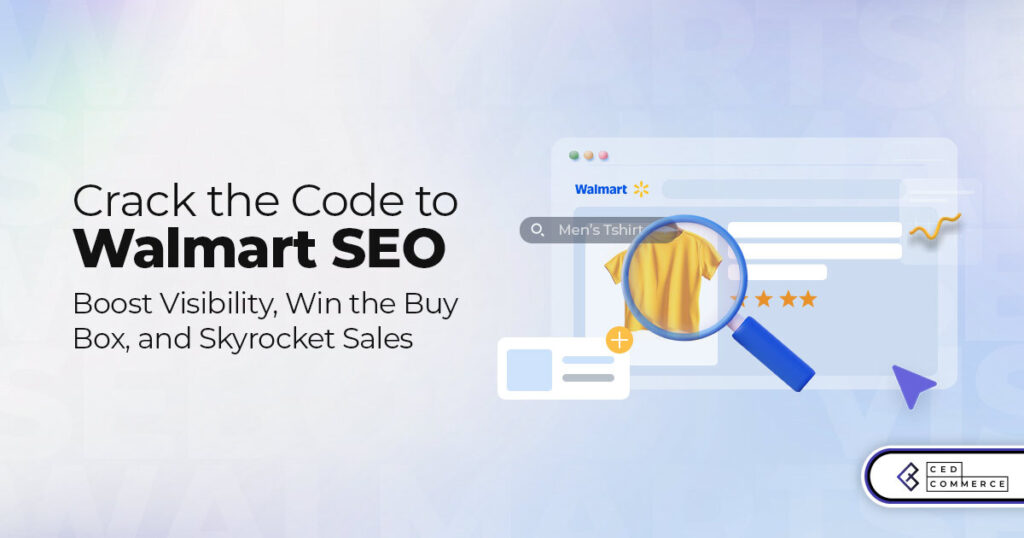
In the world of eCommerce, visibility is everything—and Walmart Marketplace is no exception. With thousands

In what comes as a major relief for TikTok and its millions of users in

In a move aimed at enhancing product quality and boosting buyer confidence, TikTok Shop has

Selling on Amazon offers immense opportunities, but one of the most crucial decisions sellers face
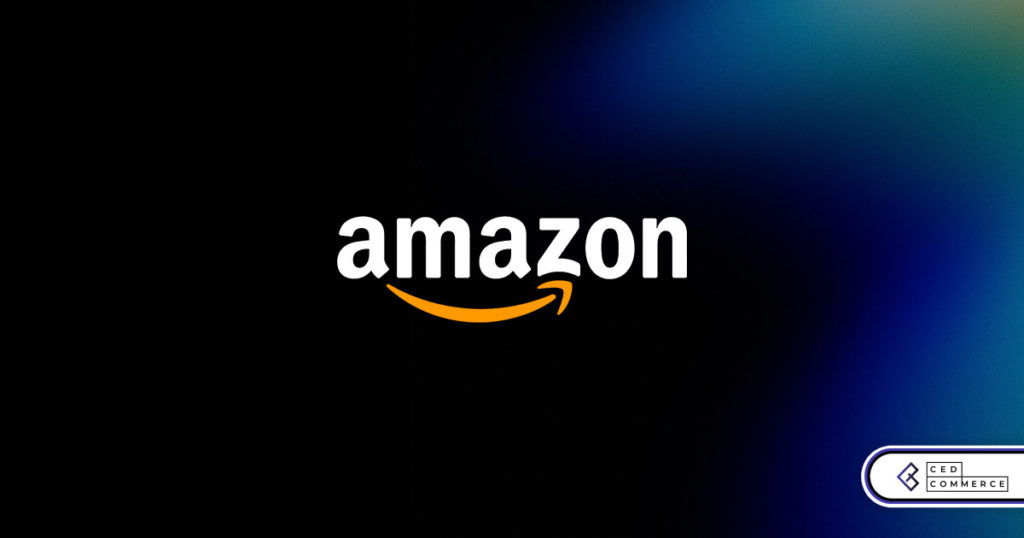
Amazon is doubling down on AI-driven selling tools, introducing a new AI-generated product enrichment pilot
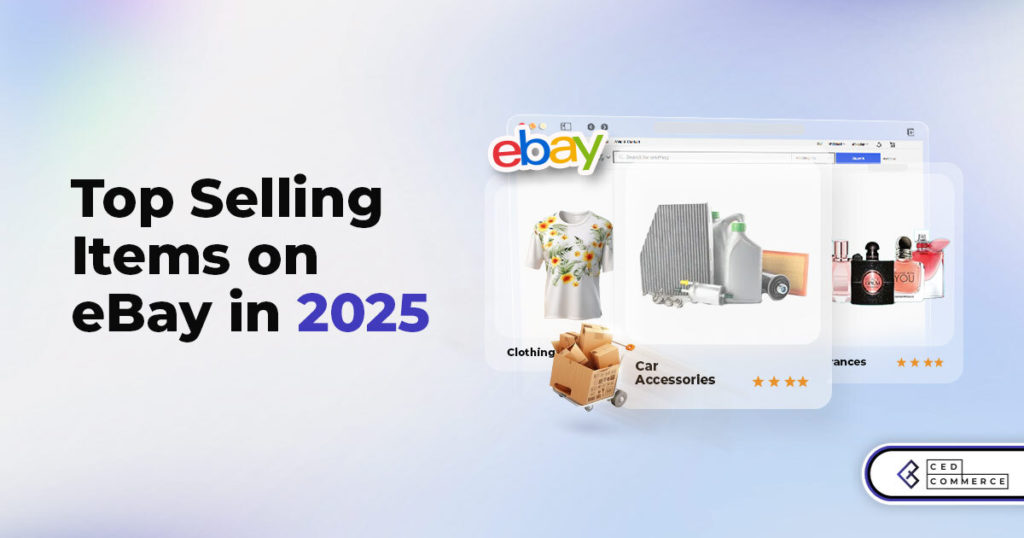
With over 17.6 million sellers on eBay marketplace, cracking the code behind the top selling
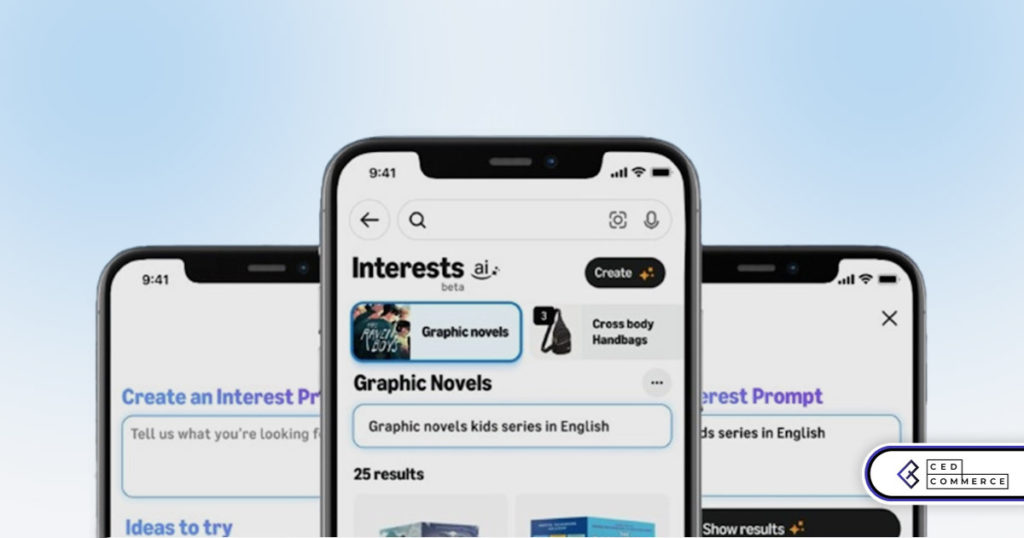
Amazon is doubling down on artificial intelligence, introducing the AI-powered ‘Interests’ feature that automatically finds

U.S. President Donald Trump has hinted that a TikTok deal is on track before the
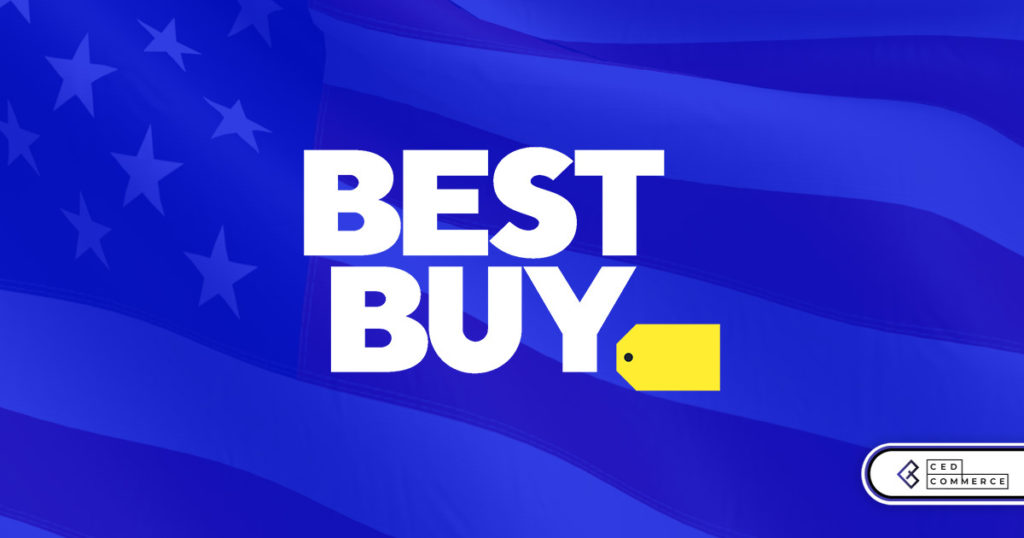
Nearly a decade after closing post its first attempt, Best Buy is returning to the

PrestaShop has long been a leading name in European eCommerce. With its flexibility, user-friendly interface,